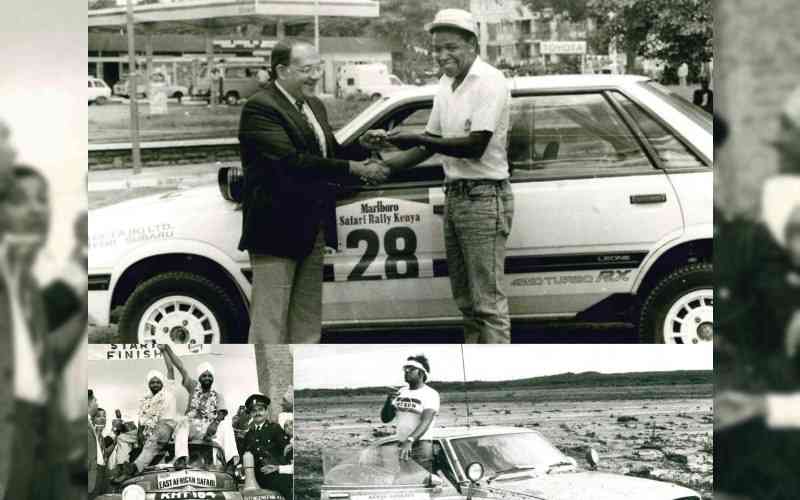
When President William Ruto flagged off the opening phase of this year's Safari Rally in Naivasha on Wednesday, he sounded a bit nostalgic.
Talking to local and international crew members, Ruto recounted the days when many young lads stood by sharp bends even in the middle of the night just to watch, albeit momentarily, the rally cars speed through muddy puddles, or kick plumes of dust that rose to the high heavens.
"At my native village we used to wake up at around 3am and station ourselves at a sharp bend where the rally cars swerved dangerously," he said.
The president was talking of the decades-old tradition during the Easter weekend when Kenya's rural country became a theatre of sorts as global motoring companies battled for supremacy in the toughest rally in the world.
These were the glorious days of the Safari Rally, an event that brought some life to the otherwise dull villages.
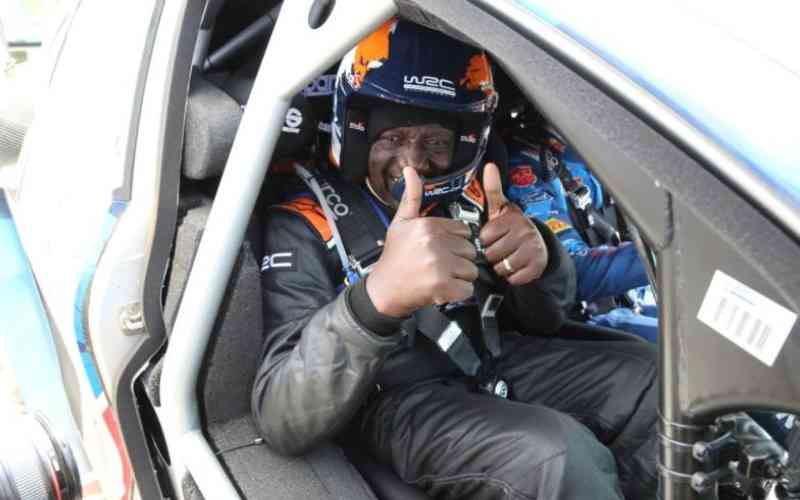
This weekend, the rally, a round of the World Rally Championship celebrates its 70th anniversary and unlike the days gone by when the vehicles would crisscross vast East African landscapes, the current event is mostly taking place in the dusty bowls of Naivasha.
The rally was so popular that even the unschooled would know the top drivers by name, the legends who kept the whole country and at some point, East Africa, awake.
There was Joginder Singh, Vic Preston, Shekhar Mehta, Bjorn Waldegard, Juha Kankkunen, Hanu Mikola and Patrick Njiru.
These names left a mark even before the advent of live television when transistor radios ruled the airwaves. With the radios, Kenyans followed the action and could tell the exact location of the lead cars.
Joginder Singh was among the most successful Kenyans during the rally heydays.
Born in a family of 10 sons, the "flying Sikh" began his career at the age of 26 and won the East African Safari in 1965 in a Volvo PV544.
His second win came nine years later during a wet Safari Rally, this time, in a 1600cc Mitsubishi Lancer. Two years later, he led Lancerton to yet another historic win.
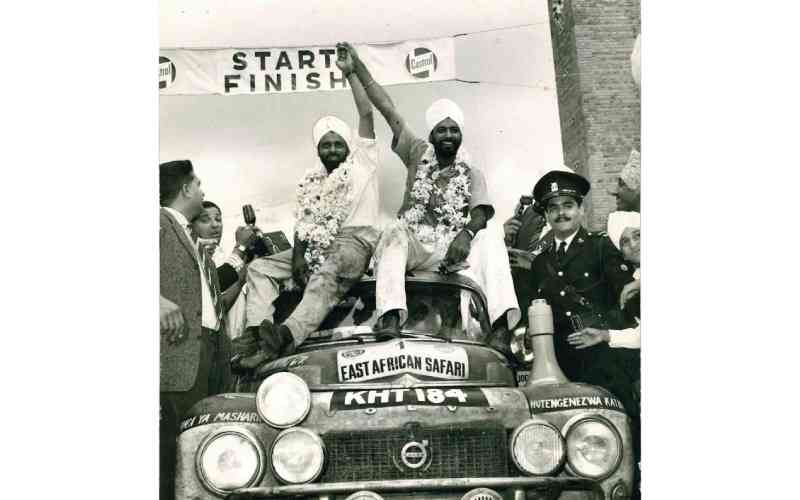
The former spanner boy in his family's garage, together with his long-time navigator, David Doig, had 19 finishes out of 22 attempts in a race whose dropout rate was 90 per cent!
Still, as he put it in one of his many interviews, being at the top had its drawbacks too. A simple task like picking up his son from school would become a racing competition as some drivers felt they could give him a run for his money.
"Of course, being Joginder has its problems," said the maestro of rallying.
"Often drivers recognise me when I'm on the road, perhaps just going to work or picking up my son from school. They have to prove they're faster than me. It can be hair-raising at times," he stated.
Such episodes, as he once explained, resulted in close calls.
"Once I was coming up from the Panafric Hotel (Nairobi) towards Hurlingham when a European driver took it into his head to challenge me. I braked late at the roundabout at the top of the hill and eased around the traffic circle. Behind me I heard a terrific noise.
"The other driver had braked far too late, lost control and here he was charging across the grass centre of the roundabout! It could have been a nasty accident. In town, I drive cautiously and obey the traffic regulations. It pays," he said of one mishap.
Poetically, the Kenyan legend died on Mashujaa Day in 2013 in London, United Kingdom. He was 81.
But long before Joginder Singh, there was Vic Preston who won the second edition of the rally, then known as the Coronation Rally.
Preston, like Joginder, had determination, managing 14 starts though multiple victories eluded him due to mechanical failures.
The Preston family too, loved life on the fast lane, literally. One of his sons, Vic Preston Jr became a rally driver too, making 18 appearances in the Safari Rally. His best performance was in 1978 when he finished second.
The family operated the Vic Preston Shell Petrol Station along University Way in Nairobi. The elder Preston died in October 1998 at the age of 69. His son died in March 2022 in Seychelles at the age of 72.
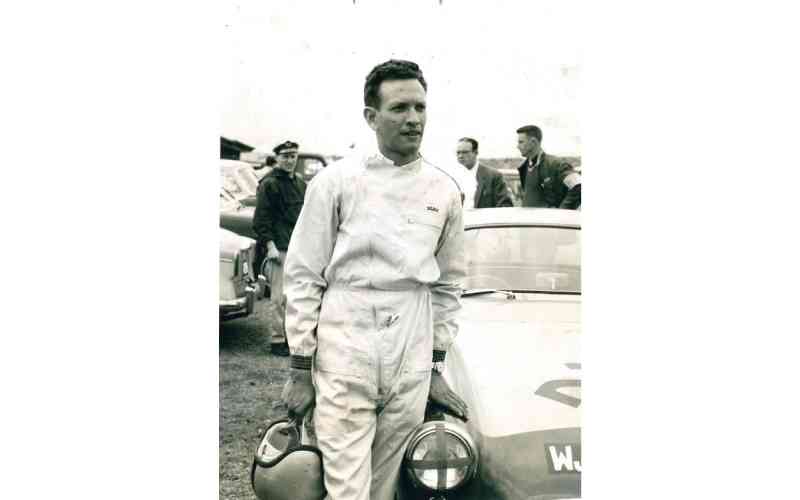
For much of the 1980s, the rally was dominated by Ugandan-born Kenyan, Chandrashekhar Mehta, or Shekhar Mehta. Unlike the Joginders and Prestons, Mehta's family did not have a background in motoring, being sugar plantation owners in Uganda.
The Mehtas were among the Asian families that were expelled from Uganda bythen-dictatorr president Idi Amin. The five-time Safari Rally winner dominated the rally in most of the 1980s, becoming a household name during the glorious days of the rally.
In the 1973 rally, Mehta was declared the winner, beating the closest driver by less than a minute, the closest margin of victory in Safari rally history. Mehta participated in numerous global races, most of that time navigated by his wife, Yvonne Pratt.
Mehta's last win in the rally was in 1982, navigated by Mike Doughty in the Nissan Violet GT. As the Motorsport Memorial journal reported, Mehta found the going tough in subsequent years as he could hardly keep up with emerging technology.
"In the following seasons the Datsun Nissan cars which had dominated the rally for years, were overtaken by more modern technology introduced by different manufacturers such as Audi, Lancia and Toyota. Mehta, who had already beaten European drivers, could not match the firepower of the likes of Juha Kankkunen, Ari Vatanen, Miki Biasion, Hannu Mikkola and Bjorn Waldegard," reported the journal.
The latter names moved the rally from the mid-1980 into the 1990s, interchanging the wins among them over the decade.
In 1987, Mehta suffered a fatal crash during the Pharaoh Rally in Egypt. He had a badly injured back and a collapsed lung bringing his career to an abrupt end. He died in the United Kingdom in April 2006.
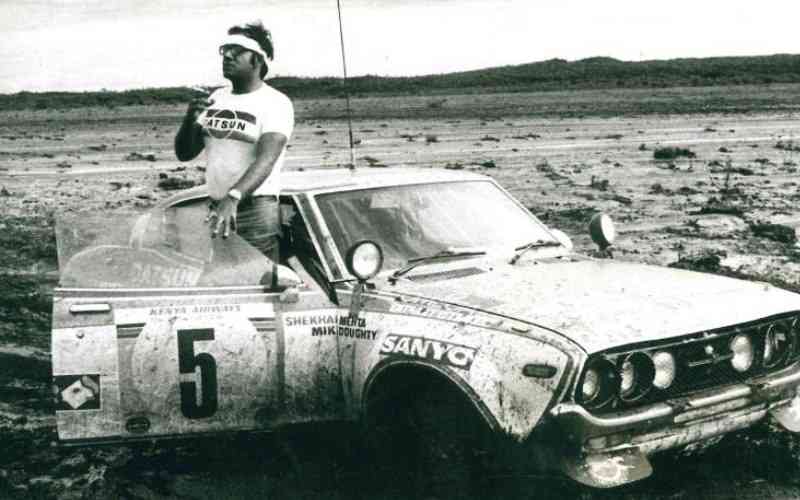
But it was the exploits of Patrick Njiru that lit the rally among the local fans. Njiru had the ambition of becoming a Catholic priest before the love of speed caught on.
In one interview, he narrated how on one Sunday in 1969, rally cars began zooming past the village church, and, the congregants unable to contain themselves, would leave the church one after the other, leaving Njiru and the priest inside the church.
A Safari Rally win may have eluded him but won several local championships. He won the Group N title in 1994 propelling him to global fame. He retired in 2002 after 20 years of high-octane races.
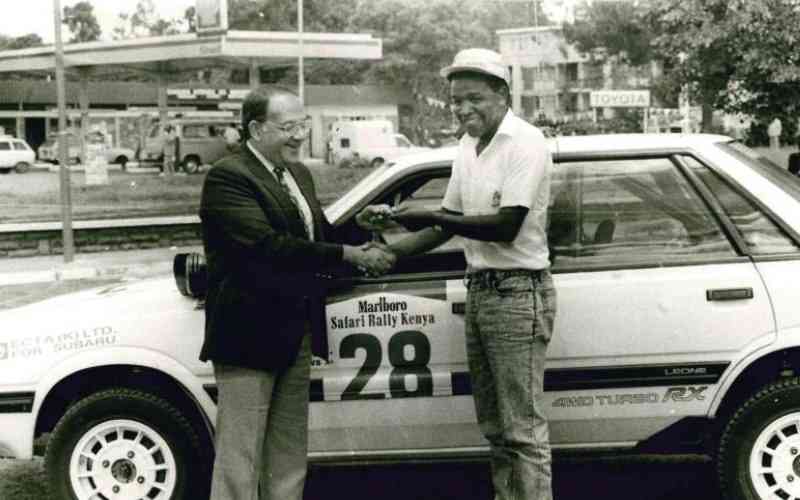
 The Standard Group Plc is a multi-media organization with investments in media
platforms spanning newspaper print
operations, television, radio broadcasting, digital and online services. The
Standard Group is recognized as a
leading multi-media house in Kenya with a key influence in matters of national and
international interest.
The Standard Group Plc is a multi-media organization with investments in media
platforms spanning newspaper print
operations, television, radio broadcasting, digital and online services. The
Standard Group is recognized as a
leading multi-media house in Kenya with a key influence in matters of national and
international interest.
